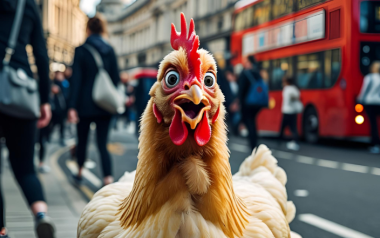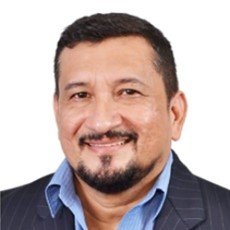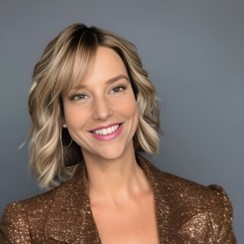Sources: Available upon request.
20 Dec 2024
Transmission and persistence of Influenza A virus in raw milk
Influenza A viruses pose a significant public health risk due to their high mutation rates and zoonotic potential. Recent studies have raised concerns about the transmission of these viruses through raw milk consumption, particularly following outbreaks of highly pathogenic avian influenza (HPAI) in dairy cattle.
Influenza A viruses pose a significant public health risk due to their high mutation rates and zoonotic potential. Recent studies have raised concerns about the transmission of these viruses through raw milk consumption, particularly following outbreaks of highly pathogenic avian influenza (HPAI) in dairy cattle.
A study overview
A recent study conducted by researchers at Stanford University investigated the persistence of the Influenza A virus PR8 (IAV PR8) in raw cow milk stored at 4°C. The study aimed to understand how long the virus remains infectious in raw milk and the implications for public health.
Key findings
The study revealed that the Influenza A virus can remain infectious in refrigerated raw milk for up to five days. This finding is significant as it highlights the potential risk of zoonotic transmission through the consumption of raw milk. The researchers found that the virus had a decay rate constant of -2.05 day-1, indicating a gradual reduction in infectivity over time.
Persistence of viral RNA
In addition to the infectivity of the virus, the study also examined the persistence of viral RNA in raw milk.The results showed that viral RNA remained detectable and stable for at least 57 days, with no significant degradation. This prolonged persistence of viral RNA has important implications for food safety assessments and environmental monitoring.
Impact of pasteurization
The study also evaluated the effectiveness of pasteurization in reducing the presence of the virus in milk. Pasteurization at 63°C for 30 minutes significantly reduced detectable viral RNA concentrations, but the reduction was less than 1 log. This suggests that while pasteurization is effective in reducing the risk of infection, it does not completely eliminate the presence of viral RNA.
Public health implications
The findings of this study underscore the importance of pasteurization in mitigating the risk of influenza virus transmission through milk. Raw milk, often consumed for its perceived health benefits, poses a significant risk of transmitting infectious agents, including influenza viruses. Public health agencies, such as the FDA and CDC, continue to warn against the consumption of raw milk due to its association with numerous outbreaks of illness.
Conclusion
The persistence of Influenza A virus in raw milk for up to five days and the prolonged stability of viral RNA highlight the potential risks associated with raw milk consumption. These findings emphasize the need for stringent food safety practices and the importance of pasteurization in protecting public health.








































